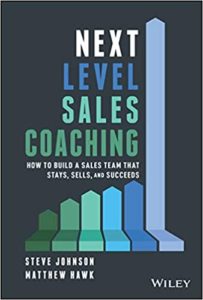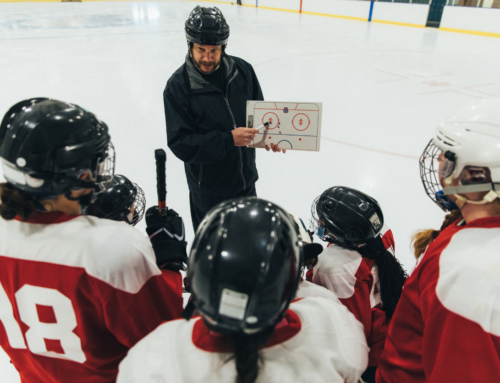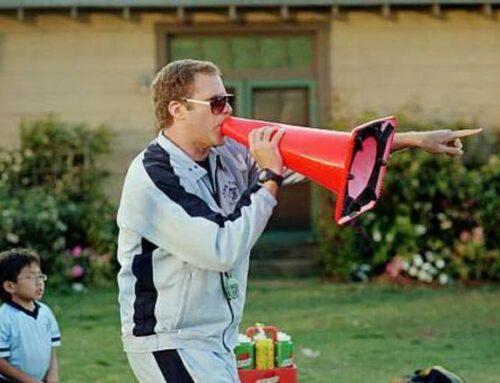Hello I am Steve Johnson the President of the Next Level Sales Consulting and author of best selling book “How to Build a Sales Team That Stays, Sells and Succeeds”. The inspiration for the book has come from the last 35 years in the laboratory of human experience of training and coaching over 90,000 sales people and 10,000 sales managers in some of the best companies in the country.
In the book we focus on seven of the essential coaching activities that successful sales managers do consistently. The focus of this blog is how to conduct skill development training.
- In the broader world of sports, we are pretty confident that winning coaches hold practices, observe the games, give feedback, and help their team enhance their performance.
- Some sales managers make the mistake of assuming this doesn’t apply to them, that only new hires need training, coaching and reinforcement. Sales skills are like any other skills: those who practice their skills regularly and receive solid coaching and feedback are going to get better over time and produce superior results.
- Those who don’t will probably continue to perform at the same level they always have; but, if they were able to address their skill gaps through practice, they could potentially improve their results.
Successful sales managers use a six-step process to do skill development training with their sales team.
Step One is Explain
The three things you typically want to explain as you begin skill development training are:
- What skill you will be working on.
- Why developing that skill is important to the sales team?
- How you will be conducting the skill development training.
Your sales team wants to know what you are going to focus on, why it’s important for them to get better at it and how you are going to conduct the skill development training.
Step two is demonstrate
Nothing beats a good demonstration when you are teaching, training, and reinforcing skills with your sales team. During your demonstration, you want your salespeople to see exactly what success looks like.
Step three is practice
Some salespeople love to practice their skills. Others don’t, which is hard to believe. After all, how do you get better without practice? When the game is on the line and the largest sales opportunity you have ever generated in your career is within your grasp, the notion that you will go in there and perform at a level you have never done before in a practice setting is unrealistic. Why? Because you play like you practice.
Step four is observe
As you and your sales team practice together, you want to make sure you are observing every little detail of the practice: not just the words but the voice tone, body language, and enthusiasm behind it. Early on, your primary focus will be on the elements of the practice that are done well, followed by the opportunities for improvement.
Step five is feedback
Once you feel your sales team has developed a level of consistency while you are observing them through repetitive practice, watch them giving an uninterrupted demonstration of the skill. If the demonstration is delivered with the precision and competency you are looking for, proceed to feedback. If not, go back to either explain, demonstrate, or practice depending on how much additional work is needed to bring them to an acceptable level of competence.
Step six is they give you a demonstration
At the end of a skill development training session, it is important to have your sales team demonstrate the skill you have been practicing. This test for competency will show they have developed the ability to apply the skill in a real-life sales situation. In short, the way to ensure they pass this test for competency is to have the attitude that the practice should be harder than the game.
This type of skill development training is one of the seven essential coaching activities that successful sales managers do consistently that we highlight in the book. Hit this link if you want to learn more.







